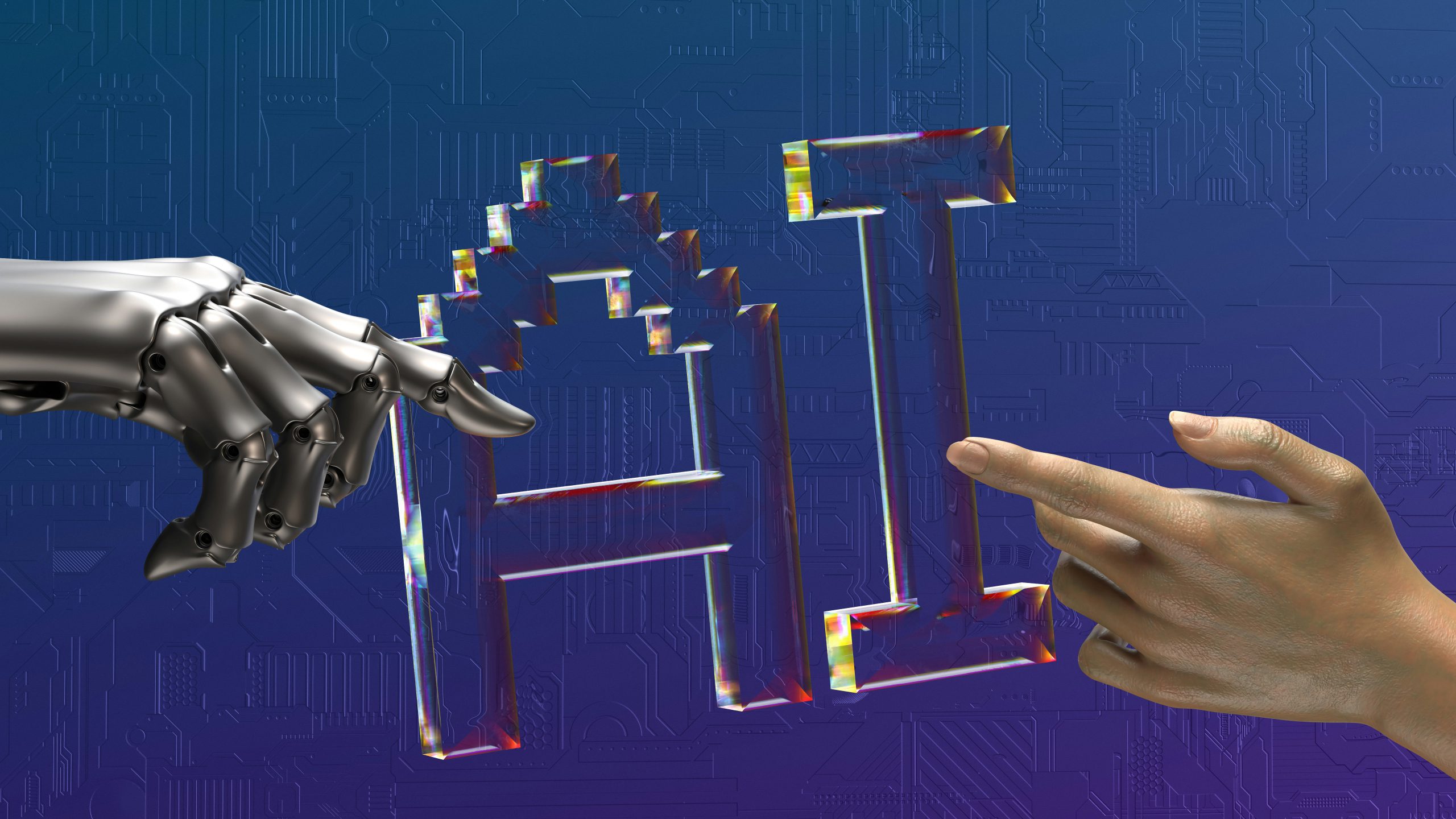Download now to access the full report
Download
To access the AWA Guide to AI Transformation, please complete your details below:
Executive foreword
Artificial Intelligence is no longer a distant prospect. It’s with us, advancing rapidly and already reshaping the way we work. For organisations across every sector, the question is no longer if AI should be adopted, but how to do so responsibly, effectively and with confidence that it will deliver tangible benefits.
AI has the potential to enhance our capabilities, improve decision-making, drive significant efficiencies, and unlock new forms of value. Organisations that fall behind in adopting AI risk losing their competitive advantage and, at worst, may struggle to compete in the long term.
At AWA, we believe AI transformation is not just a technical shift but a profound organisational one. It demands a thoughtful re-examination of operating models, workforce capabilities and leadership mindsets. The path forward must be defined not by fear or hype, but by clarity of purpose, intentional design and a deep commitment to human value. At the same time, AI presents organisations with a significant opportunity to bring substantial operational efficiencies and cost savings to the business.
This guide is designed to support leaders at every stage of that journey. Drawing on our recent research with Google DeepMind, Cambridge University and others, and grounded in real-world consulting experience, it offers a practical framework for integrating AI into the fabric of your organisation — not as a bolt-on, but as a strategic enabler. The vast benefits AI offers can only be fully realised through a well-considered strategy that is effectively embedded across the organisation. How we lead this change is crucial to its success.
Introduction
Our recent study, supported by Google DeepMind, The British Heart Foundation, Motability, UCB and Cambridge University, examined the impact of AI on work, jobs, organisations and the workplace. One of its core findings was that “AI adoption requires more than just technology implementation — it demands careful change management to ensure that staff, shareholders and customers benefit from these advances.”
Careful change management is crucial to raising awareness and building confidence in AI across the workforce. Media narratives have stoked fear, which organisations must overcome by developing understanding, skills and transparency. Successfully embedding AI into an organisation’s DNA requires a fundamental shift in ways of working, decision-making and culture, while maintaining high standards of service.
When done well, AI can transform the efficiency, effectiveness and reach of multiple functions within an organisation, from HR, finance, and IT to business development, customer care, and marketing. To do so requires bringing the organisation’s people on a journey of change and learning.
This guide describes a series of activities aimed at helping organisations maximise the value of AI, develop their skills and processes, reduce resistance and keep performance and growth at the core throughout the transformation.
1. The Five Key AI Technologies
AI is not one technology but a family of tools with distinct :
- Machine Learning:Learns from data without being explicitly programmed.
- Natural Language Processing (NLP): Enables machines to understand and generate human language.
- Computer Vision: Allows systems to interpret visual information from the world.
- Robotics: Combines AI with physical automation.
- Deep Learning: A form of machine learning based on neural networks, enabling breakthroughs in vision and language tasks.
Understanding these helps business leaders identify potential applications across the organisation.




